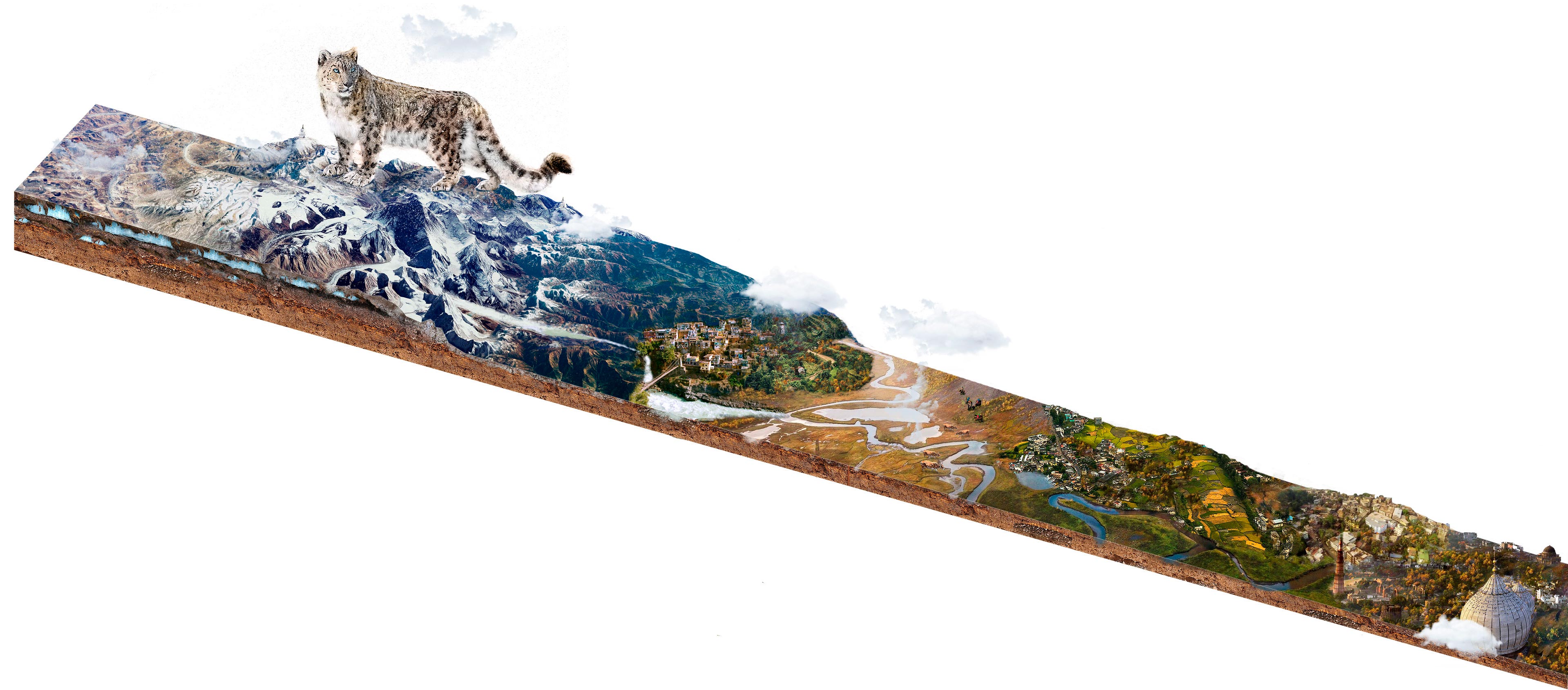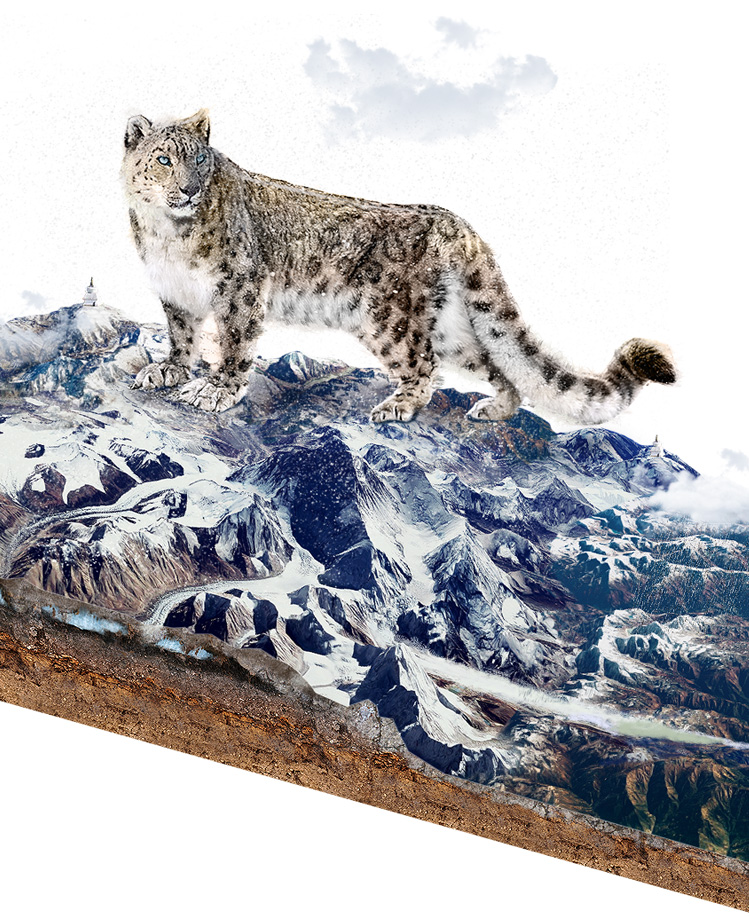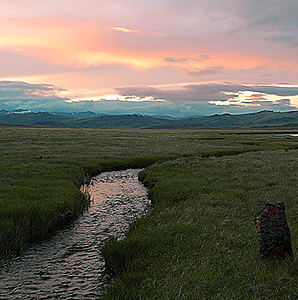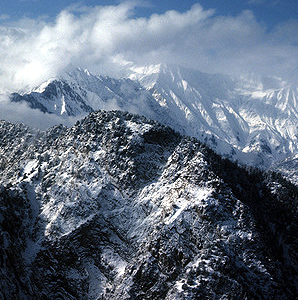The snow-covered mountains surrounding the Tibetan Plateau hold the largest store of permanent ice and permafrost outside the North and South Poles earning the nickname the Third Pole. Home to the endangered snow leopard, numerous nomadic cultures, and the headwaters of Asia's mightiest rivers, the treasures of these mighty mountains unite the many countries whose borders they cross. But the region, and all who depend on it, are at risk.
Through support from USAID, WWF has been working with governments, local communities, the Snow Leopard Trust, the Global Snow Leopard And Ecosystem Protection Program (GSLEP), and other partners to address the challenges of conserving and building resilience for the snow leopard and its habitat in six landscapes across high Asia.
Through support from USAID, WWF has been working with governments, local communities, the Snow Leopard Trust, the Global Snow Leopard And Ecosystem Protection Program (GSLEP), and other partners to address the challenges of conserving and building resilience for the snow leopard and its habitat in six landscapes across high Asia.
Explore the Landscapes
The habitat
Illegal wildlife trade, unsustainable practices, and rapid development put pressure on the fragile high mountain ecosystems, and climate change exacerbates these threats. To save the Third Pole we must work together, bridging gaps between snow leopard conservation, community engagement and climate adaptation. This GeoLab is a platform to help achieve that.

-
Guardians of the Headwaters
-
Library
Access and download maps for every country, area, mountain range or subject matter.
This website is made possible by the generous support of the American people through the United States Agency for International Development (USAID). The contents are the responsibility of WWF and do not necessarily reflect the views of USAID or the United States Government.






